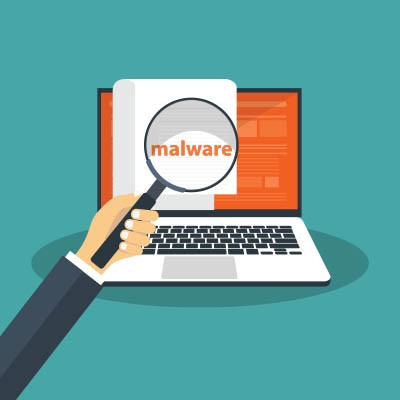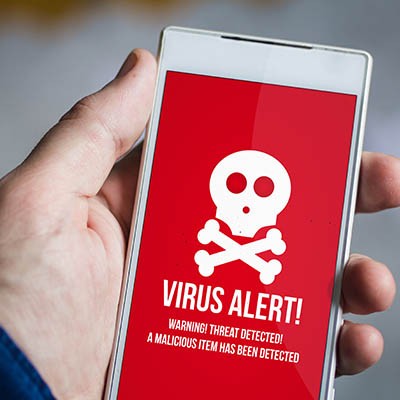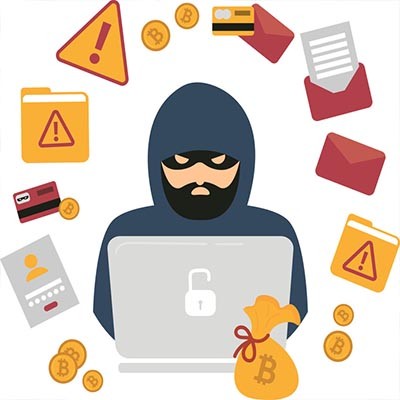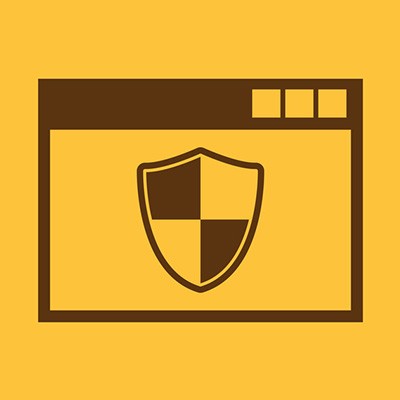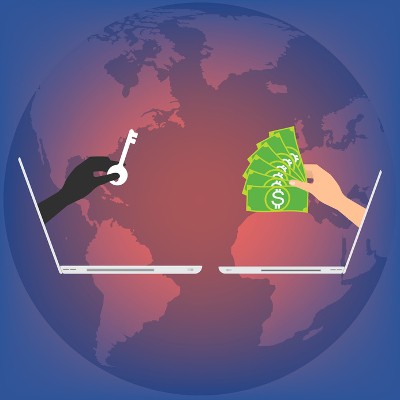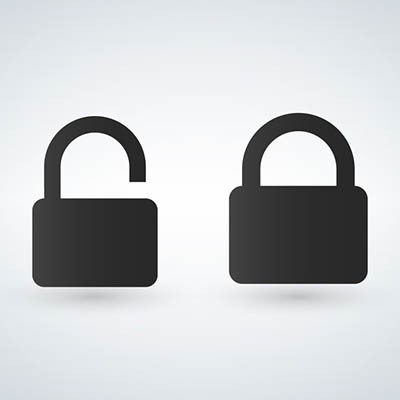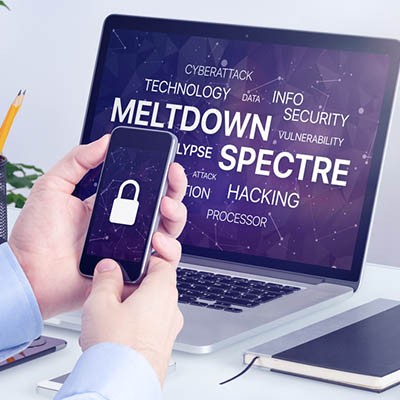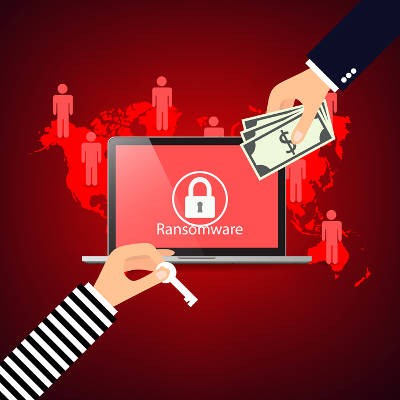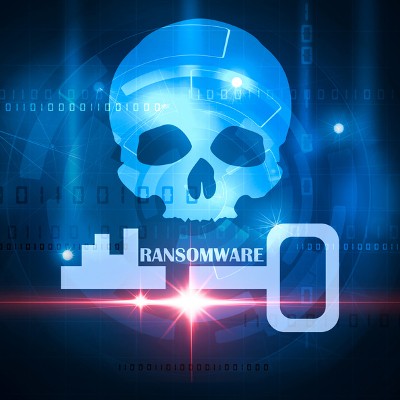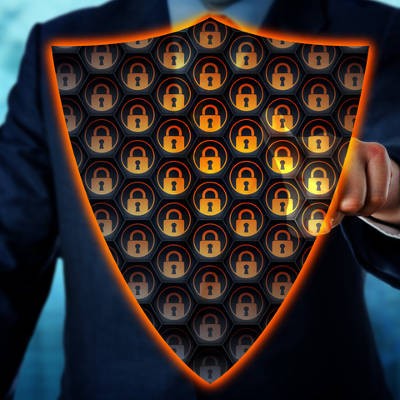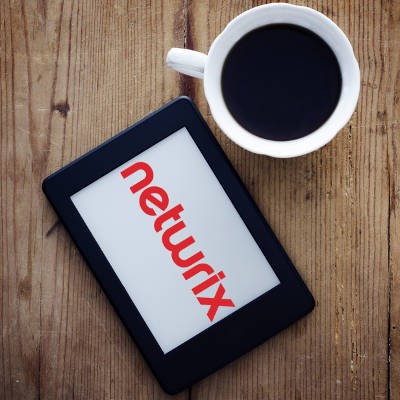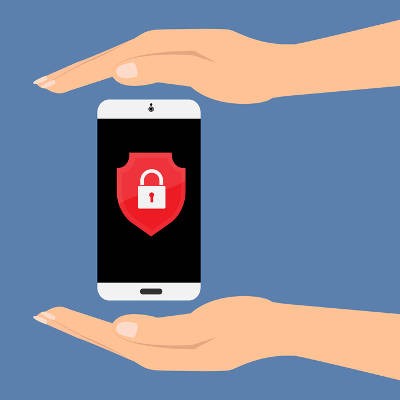
Preferred Blog
Preferred has been serving the Tinley Park area since 1991, providing IT Support such as technical helpdesk support, computer support, and consulting to small and medium-sized businesses.
0 Comments
We all know how important it is to protect your desktop and laptop computers from malicious threats. Installing antivirus and security software is one of the first steps you take when you get a new computer, and for good reason. An unprotected device is at great risk. With that said, a lot of users don’t think about the threats that target their most-used devices, their smartphones.
65 of any currency doesn’t seem like a lot of money, but when you are dealing in the cryptocurrency Bitcoin, it adds up quick. One city on Florida’s Atlantic coast is finding that out the hard way after getting hit with a ransomware that stymied the city of 35,000 government’s ability to function. Let’s take a look at the situation that made the city’s leaders agree to pay hundreds of thousands of dollars to scammers.
The funny thing about ransomware is that they give them very strange names: Bad Rabbit sounds like the name of a villainous bunny who gets his comeuppance in some type of modern nursery rhyme, not malware that would ravage hundreds of European businesses. Locky seems like the son of Candado de seguridad, a character Medeco would come up with to educate kids on proper physical security. The latest in a long line of funny-named ransomware, SamSam, isn’t a pet name for your pet ferret you perplexingly named Sam, it is one of the worst ransomware strains ever, and it has caught the attention of U.S. Federal law enforcement.
There are many types of malware out there, but none that are quite as scary as ransomware. Imagine being struck by a threat that instantaneously locks down your files and keeps you from accessing them until you pay a certain amount of money. If your business is targeted by ransomware, would you be able to protect it from dragging your operations into a bitter pit of despair?
Ransomware is a malicious threat that has the potential to end your company’s operations by eliminating access to critical files. It works by encrypting the files located on your PC, and the only way to get the decryption key is to pay the hackers who infected your computer. In 2015 alone, ransomware cost users over $325 million, which makes it an exceptionally lucrative venture for hackers. Ransomware generally worms its way into your PC through infected email attachments disguised as invoices or statements (i.e. phishing attacks), which means that inexperienced users might accidentally fall for the trick and unknowingly expose their PC to this threat.
Many types of ransomware will try to coerce money out of users through fear. For example, one variant of ransomware will pose as the Federal Bureau of Investigation, which might claim that the user illegally downloaded copyrighted material or is in possession of incriminating pornography. Others might claim to be from local law enforcement, demanding that a fine be paid in return your files. Some don’t even bother trying to pose as other parties, and instead will simply make a demand that’s quite difficult to resist: either you pay up, or your files are gone for good.
The most well-known type of ransomware these days is Cryptolocker, which locks down the files on a user’s PC and demands a ransom. This ransom is usually to be paid in Bitcoin through the anonymous web browser, Tor, which makes it difficult, if not impossible, to trace the hackers’ activity back to them. A more recent version of Cryptolocker, Cryptowall, is even more dangerous for businesses, as it allows infected PCs to spread the ransomware throughout the network they’re connected to. This means that the all it takes is for one system to get infected for your entire network to be encrypted and held hostage by hackers. This isn’t a situation you want to be in.
If your files are backed up somewhere, you should be able to eliminate the ransomware by restoring your backup. If your files aren’t backed up, however, you might feel like there’s no choice but to give in. The important thing to remember about ransomware is that you shouldn’t pay the ransom under any circumstances. In the worst case scenario, you could pay the ransom and the encryption key might not work, putting you at a severe disadvantage. This would be no skin of the hacker’s back, after all, they got your money. If you’re ever infected by ransomware, it’s important that you immediately disconnect your PC from the Internet and any network it’s connected to, and to then contact trusted technology professionals. You do have options, and we want to make sure that we’ve tried everything we can to get your files back without giving in to hackers’ demands.
Of course, the best way to keep your systems safe is to make sure that ransomware doesn’t infect your PC in the first place. A quality spam blocking solution can keep potential phishing attacks that harbor ransomware-filled attachments out of your inbox and away from your end users. In general, it’s good to have security measures put in place to minimize the possibility of threats and user errors. Therefore, it’s important that you educate your staff on email best practices, like avoiding phishing scams. Finally, a data backup solution can help save you from the worst-case scenario, in the event you do get infected.
Preferred can help your business take the fight to ransomware. To learn more, give us a call at 708-781-7110.
Every business in operation today needs to have some kind of comprehensive network security. Simply put, there are too many threats that can come in through an Internet connection for them to continue doing otherwise. The past year provides plenty of anecdotal proof of this fact, as a quick glance back can show.
Each year there are changes that need to be made in the way that organizations manage their IT security. In 2017, ransomware burst on the scene in full force, and cyber security strategies reacted, coming up with fully managed security platform that remediate issues better, and cost organizations far more than they would have spent on IT security just a short time ago. In 2018, the same problems persist, while other developing technologies threaten the natural order of things. Today, we will look at how cybersecurity is being approached in 2018.
Network security for small businesses is far from simple. There are countless threats out there that want to see your business fall, and it only takes one to see this come to fruition. Unless you take action now to protect your organization, you risk the future of your business. But what is it that businesses need to protect from, and what measures are out there that can accomplish this feat?
It’s been about a year and a half since the Meltdown and Spectre exploits became publicly known. While patches and updates were administered to reduce their threat, they continue to linger on in a less serious capacity. Of course, this doesn’t mean that the threat has entirely been neutered--you still want to know what these threats do and whether or not you’re safe from them.
Ransomware doesn’t discriminate with its targets, as the city of Atlanta, Georgia now knows so painfully well. The city became the target of a ransomware attack that crippled many of its critical system workflows. The municipal government suffered from one of the most advanced and sustained attacks in recent memory.
We are going to switch things up a bit and walk you through a retelling of a ransomware attack through the eyes of a business owner. Usually when we talk about these types of threats, we approach it from our perspective and talk about what you should do to prepare and what the threats are, but we wanted to try to show you what an event like this could feel like, for you, in your position, and in your own eyes. We hope that this will raise awareness of how crippling an event like this can be on your company, and we hope you let us know if this perspective helps you, your colleagues, and your staff get a more personal sense of what ransomware can do. Enjoy!
Ransomware is a growing problem for businesses, being one of the most difficult threats to remove from an infrastructure. Not only is it easy to spread, but difficult to avoid as a whole. How can your organization prepare for this threat? It starts by being mindful of how ransomware is spread and how your employees react to it, both now and in the future.
Put yourself in the shoes of a cybercriminal. If you were to launch a ransomware attack, who would be your target? Would you launch an indiscriminate attack to try to snare as many as you could, or would you narrow your focus to be more selective? As it happens, real-life cybercriminals have largely made the shift to targeted, relatively tiny, ransomware attacks.
The Internet is rife with potential threats. Some are situational, but most are deliberate actions made by malicious entities who are trying to obtain any semblance of value from you or your company. Some of these exploits have been around longer than you’d imagine possible. This has been made evident by huge Internet-based companies such as PayPal and Facebook testing positive for a 19-year-old vulnerability that once allowed hackers to decrypt encrypted data.
If your business were to be struck by a Distributed Denial of Services (DDoS) attack, would it be able to recover in a timely manner? Do you have measures put into place to keep them from hampering your operations? While most organizations claim to have sufficient protection against these dangerous attacks, over half of them have simply proven to be ineffective against DDoS.
Technology plays a pivotal role in the way modern businesses function, and as a result it carries some element of risk. An example of this is how companies store electronic records. While the implementation of measures that are designed to provide greater ease of use and organization for a business’ employees make business move faster, it also makes it that much easier for a hacker to locate and steal data. Small and medium-sized businesses, in particular, are vulnerable, as they may not have dedicated IT security.
Ransomware is a tricky piece of malware that locks down the precious files located on a victim’s computer, then (in theory) will return access to them when a ransom has been paid. Depending on the files stored on a victim’s computer, they might simply blow it off and not worry too much about losing access to a couple of pictures or videos--but what if this ransomware threatened to expose your web browsing history?
Sign Up for Our Newsletter
Latest Blog Entry
We all know companies collect a lot of data. After all, your business is no exception to this rule, and you likely collect significant consumer data to facilitate operations. But if you get the itch to protect your personal privacy (and you should), there are ways to limit h...
Latest News
Best Places to Work - 5 YEARS STRONG!!
Preferred is once again, honored for being a Best Place to Work for the fifth straight year! Our team is what makes Preferred a Best Place to Work.
Daily Herald Suburban Business 2024 Best Places to Work Honorees The Daily Herald Suburban Business has announced the names of 51 companies, in 5 categories of competition, that are honored as the 2024 Best Places to Work in Illinois. This statewide survey and awards program was designed to identify, recognize and honor the best places of employment in Illinois, benefiting the state's economy, its workforce and businesses.

